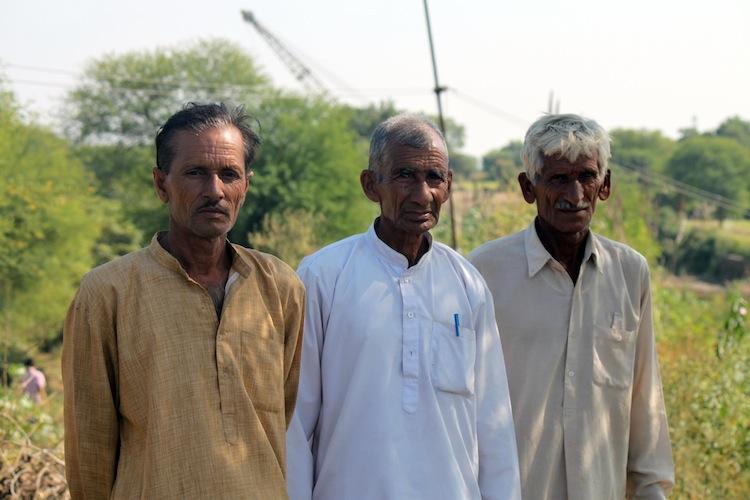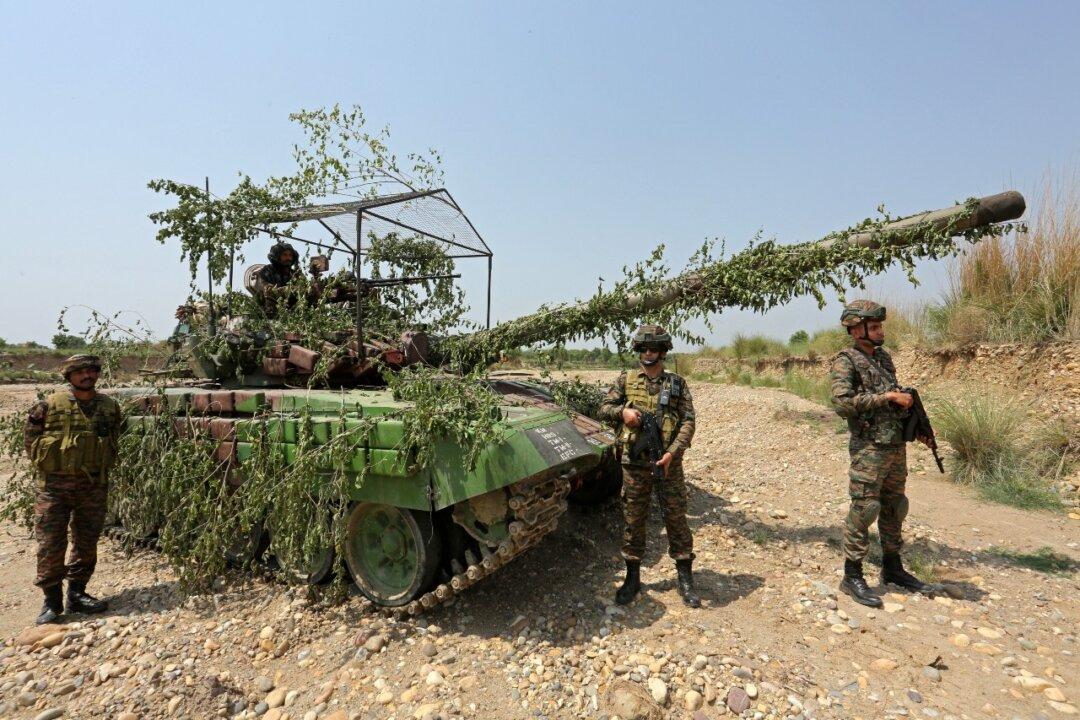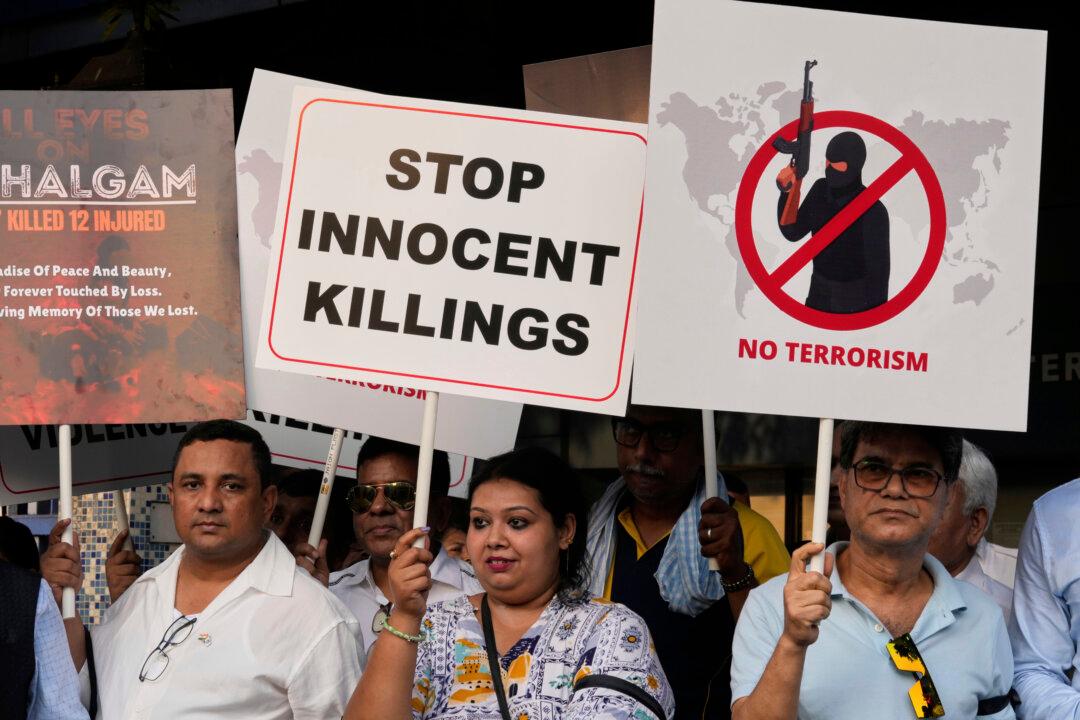CHAK CHANGA, India—Rich, fertile land is a farmer’s joy, but for farmers on the border with Pakistan in Jammu State, India, tending their high-yield fields has become a source of daily anxiety.
The Indian government erected a fence to prevent arms smuggling and infiltration of armed intruders from Pakistan. The fence is not, however, directly on the border. It cuts into Indian territory—right through farmers’ fields, severing farmers from their livelihoods.
Floodlights run along the fencing, which extends approximately 500 miles from the Akhnoor region in Jammu to Rajasthan further south.
“Villagers can reach their fields only through a gate, which remains open from 9 a.m. to 4 p.m.,” said Ramesh Chandar Sharma, a farmer and resident of the village Ganguchak.
In and around Ganguchak, life looks better than in many villages in India.
A few big, fancy, and colorful houses are scattered alongside neatly laid mud huts. A rich paddy harvest surrounds the homes. Women and men work busily to harvest the healthy crop. Children walk to school in their blue and white uniforms. Gujjars (members of a pastoral nomadic tribe camping nearby) carry fodder on their bullock carts.
The idyllic scene is pervaded, however, by anxiety. In the neighboring village of Chak Changa, a mile from Ganguchak, a group of elderly men gathered in a general store to share their concerns. They asked themselves why the fencing would run through their fields instead of directly along the border—for the authorities have not given them a clear answer.





